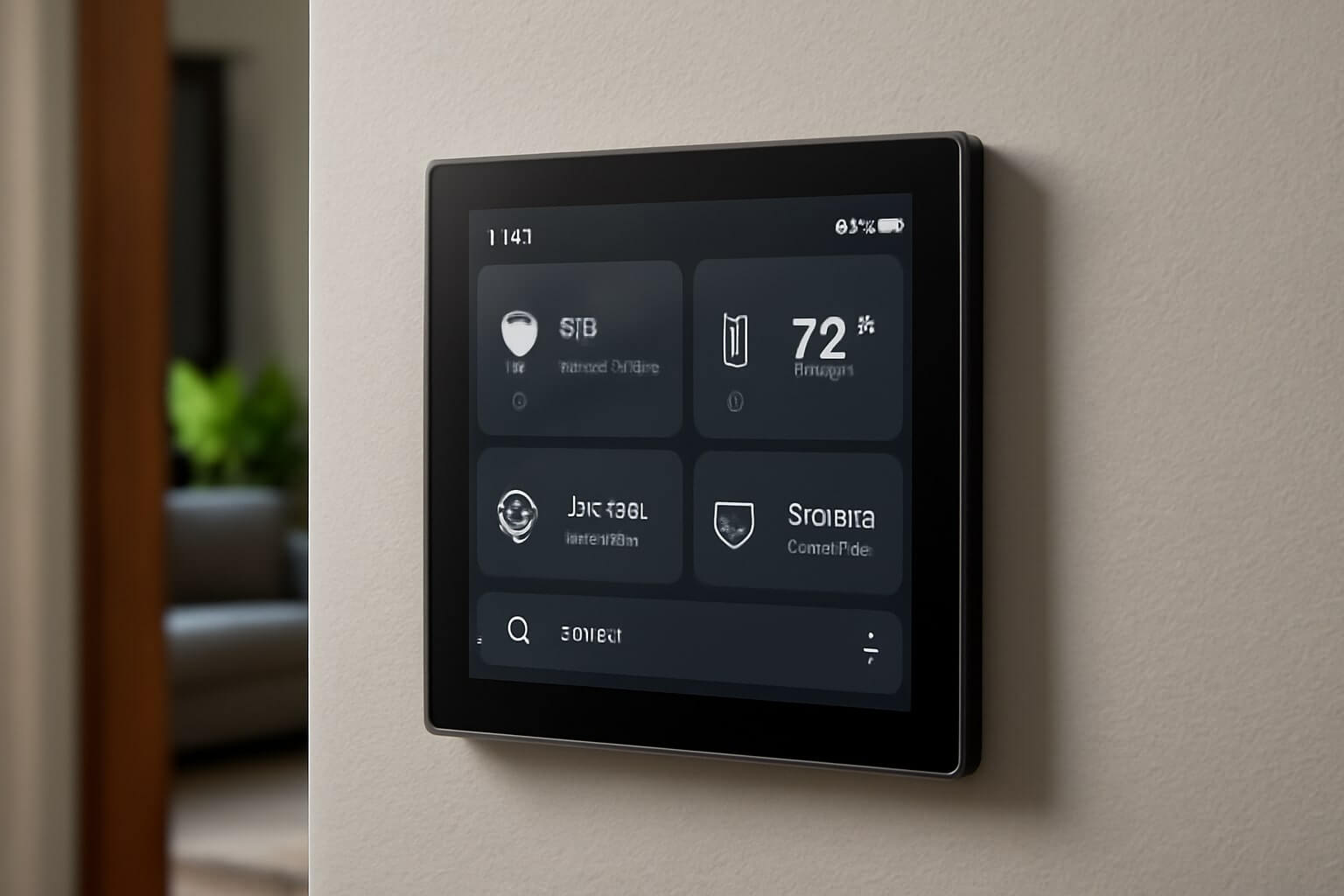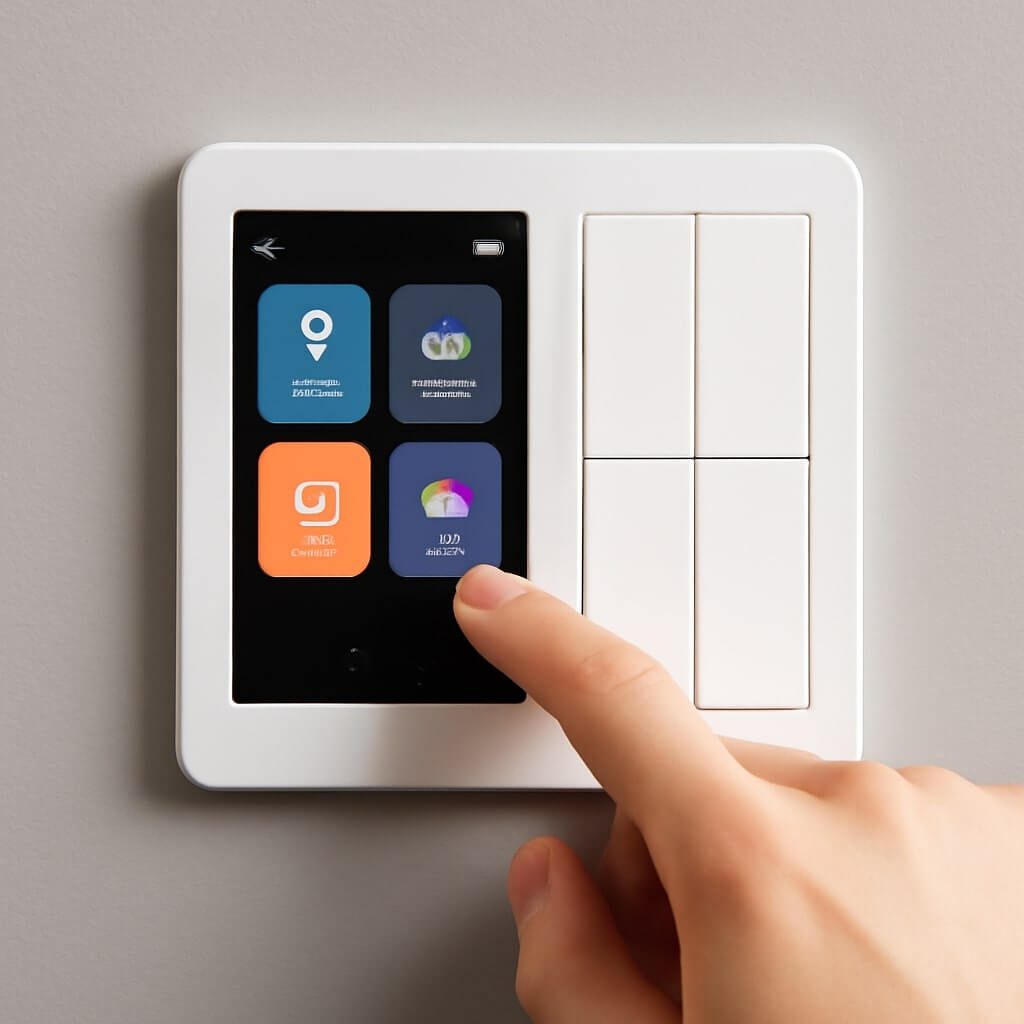Smart home automation is no longer a futuristic luxury—it’s a practical solution for busy households looking to optimize their time and energy. From controlling your lights and thermostat to managing your security and home entertainment systems, smart technology can simplify day-to-day activities while offering greater control and comfort. In this guide, we explore how smart home automation saves time, enhances convenience, and transforms your daily routine into a seamless experience.
What Is Smart Home Automation?
Smart home automation refers to the use of interconnected devices and systems that automate and remotely control household functions. These systems operate through a central hub, smartphone, or voice assistant, allowing homeowners to perform tasks such as turning off lights, adjusting temperature, and locking doors with minimal effort.
Key Components of Smart Home Automation
- Smart Lighting: Automated scheduling, motion detection, and voice control.
- Smart Thermostats: Adaptive temperature control based on your preferences and routine.
- Smart Security Systems: Cameras, sensors, and smart locks for enhanced protection.
- Voice Assistants: Hands-free operation using AI-based assistants like Alexa or Google Assistant.
- Smart Appliances: Refrigerators, ovens, washing machines, and more with remote access and control.
How Smart Home Automation Saves Time
Time-saving is one of the greatest advantages of home automation. Here’s how it streamlines daily life:
1. Automated Routines
You can create daily routines that trigger multiple actions at once. For instance, a “Good Morning” routine might open blinds, turn on lights, and start the coffee maker automatically.
2. Voice and App Control
Instead of walking through your home to perform tasks manually, voice assistants or smartphone apps can control everything in seconds.
3. Remote Access and Monitoring
Whether you’re at work or on vacation, smart home apps allow you to control or monitor your home from anywhere, saving time spent on worrying or double-checking things.
4. Energy Efficiency
Smart thermostats and lights reduce waste by adapting to your lifestyle. No more adjusting the thermostat multiple times a day.
5. Automatic Reordering
Some smart appliances can monitor supplies and reorder items automatically—like smart refrigerators restocking groceries or smart printers ordering ink when it’s low.
Best Smart Home Devices for Saving Time
Here are some of the most effective smart home devices for streamlining daily tasks:
Smart Speakers
Used for scheduling, reminders, news, and controlling other devices via voice.
Smart Plugs
Automate appliances, like turning off irons or fans with a timer or remote access.
Smart Thermostats
Automatically adjust heating/cooling based on occupancy and weather data.
Smart Locks
Keyless entry with remote locking/unlocking and temporary access codes.
Robotic Vacuum Cleaners
Clean your floors on a schedule without manual intervention.
Use Cases: Daily Tasks Made Easier
- Morning Routine: Lights fade on, coffee brews, and news plays—all automated.
- Leaving Home: One command turns off lights, locks doors, and adjusts thermostat.
- Arriving Home: Lights turn on and temperature adjusts as you enter.
- Bedtime: A night routine dims the lights, lowers the thermostat, and arms the security system.
Benefits Beyond Time-Saving
While time-saving is a major perk, smart home automation also offers:
- Enhanced Safety and Security
- Energy Savings and Lower Utility Bills
- Improved Comfort and Personalization
- Elderly and Accessibility Support
Things to Consider Before Automating Your Home
- Compatibility: Ensure devices work with your central hub or voice assistant.
- Privacy and Security: Use encrypted networks and reputable brands.
- Budget: Start small with a few essential devices and scale up.
- User Experience: Choose devices that are easy to use and maintain.
FAQ: Smart Home Automation and Time Efficiency
Beginner-friendly systems include Amazon Alexa, Google Home, and Apple HomeKit due to their wide compatibility and intuitive interfaces.
Most smart home devices require Wi-Fi for full functionality. Some offer limited offline capabilities using Bluetooth or local hubs.
Yes. Over time, it saves time, reduces energy bills, and enhances security, offering a strong return on investment.
Reputable brands offer secure encryption, but it’s crucial to change default passwords, use two-factor authentication, and keep firmware updated.
Many smart home devices are DIY-friendly. However, complex systems like integrated security or wiring may require professional help.
Conclusion
Time-saving smart home automation is a powerful tool to streamline everyday life. With the right setup, you can reduce repetitive tasks, gain more control over your environment, and enhance your overall well-being. Whether you’re just starting or looking to expand your smart ecosystem, intelligent technology offers practical solutions that make your daily routine smoother, faster, and more enjoyable.
Start small, choose compatible devices, and gradually build your smart home to create a personalized and efficient living experience tailored to your lifestyle.




